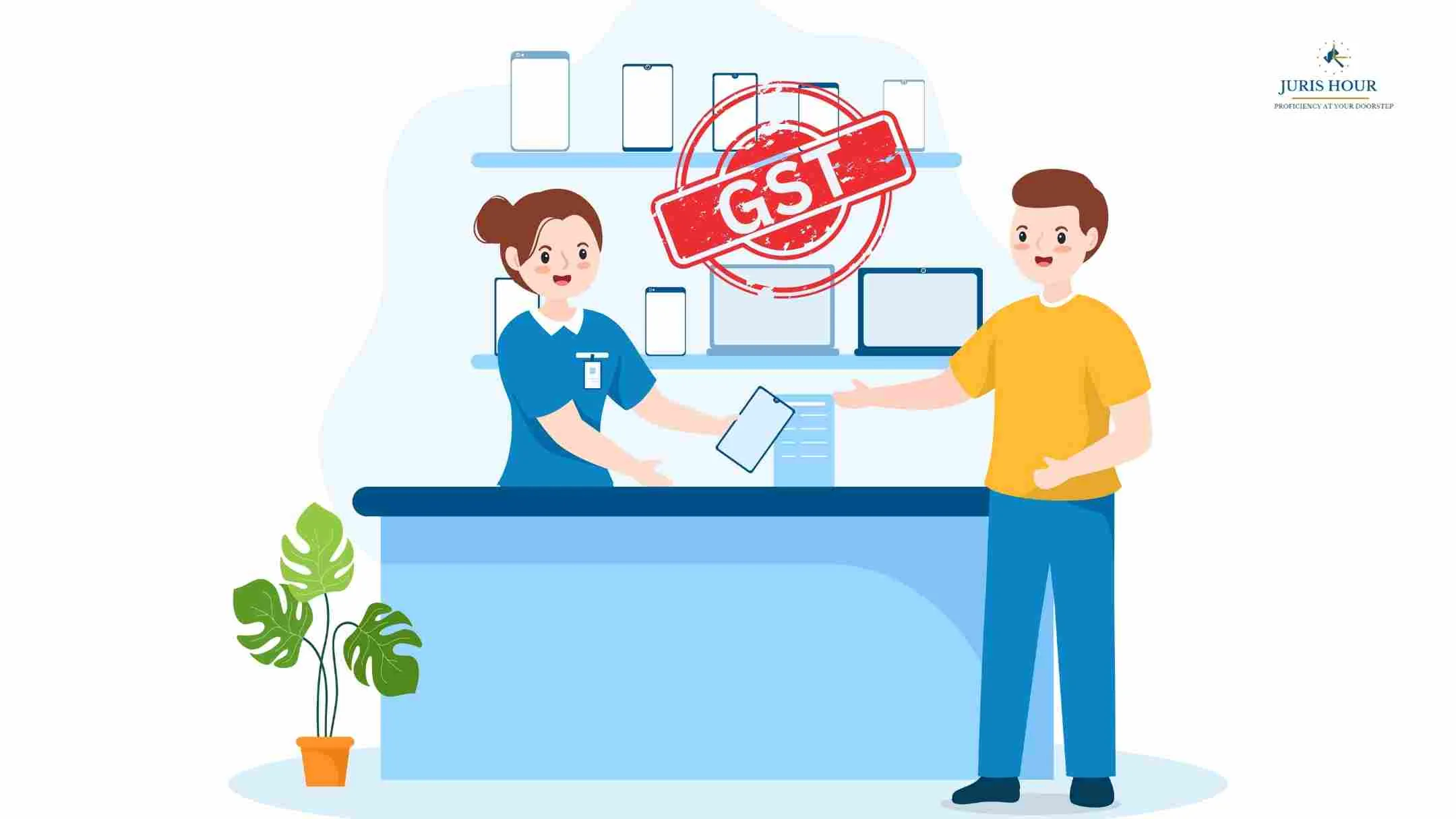The Goods and Services Tax (GST) on mobile phones in India remains a critical point of discussion among consumers and businesses alike, especially as mobile phone usage surges and the demand for smartphones grows across all income groups. With an 18% GST rate applicable to most mobile phones and accessories, understanding the impact, calculation, and compliance has become more important than ever.
18% GST Rate on Mobile Phones
Since April 2020, all mobile phones in India—whether smartphones or basic models—have been subject to a standard 18% GST rate. This was increased from the earlier 12% in order to correct the inverted duty structure and ensure uniformity in tax credits. The change brought consistency across states and replaced multiple pre-GST levies like VAT and excise duty.
HSN Codes and Applicable Tax Rates
Mobile phones and their accessories are classified under specific HSN (Harmonized System of Nomenclature) codes for GST compliance:
| Product Category | HSN Code | GST Rate |
| Mobile phones | 8517 | 18% |
| Batteries and chargers | 8504, 8507 | 18%–28% |
| Earphones and speakers | 8518 | 18% |
| Memory cards | 8523 | 18% |
| Screen protectors | 3919 / 7007 | 18% |
These codes must be accurately reported in tax invoices to ensure proper tax treatment and input credit eligibility
GST Calculation and Pricing Impact
GST on mobile phones is calculated on the base selling price. For example, if a smartphone is priced at ₹20,000:
- GST at 18% = ₹3,600
- Total Price = ₹23,600
This calculation includes both Central GST (CGST) and State GST (SGST) at 9% each for intra-state sales, or 18% Integrated GST (IGST) for inter-state transactions.
Treatment of Exchange Offers and Discounts
A common concern is how GST is applied in transactions involving exchange offers. In such cases, GST is calculated on the original invoice value before adjusting any trade-in discounts. For instance, if a phone worth ₹30,000 is offered with a ₹10,000 exchange, GST is still calculated on ₹30,000 unless explicitly structured otherwise in the invoice.
Retailers are required to issue proper credit notes and maintain documentation if they offer any post-sale discounts.
Taxation of Mobile Accessories
While mobile phones attract a uniform 18% GST, accessories can vary:
- Power banks and chargers can attract up to 28%
- Memory cards and earphones typically fall under the 18% slab
- Spare parts and repair services are taxed at 18%
Dealers and service centres must ensure correct classification to avoid tax disputes and penalties.
Input Tax Credit (ITC) for Businesses
One of the advantages for registered businesses purchasing mobile phones for commercial use is the ability to claim ITC on the GST paid, provided:
- The phone is used for business purposes
- A valid tax invoice with proper HSN code is available
- The purchase is declared in the company’s GST return
Consumers, on the other hand, cannot claim ITC as they are not registered taxpayers under the GST system.
Impact on Consumers and Retailers
The implementation of an 18% GST rate has had a mixed impact:
Positive Effects:
- Uniform tax rate across states
- Seamless interstate movement due to IGST
- Simplified accounting and ITC tracking for retailers
Challenges:
- Increased final price for end-users
- Compliance burden, particularly for small sellers and local repair centres
- Need for accurate HSN coding to prevent misclassification
Pre-GST vs Post-GST Scenario
Before GST, mobile phones attracted excise duties and varying VAT rates ranging from 5% to 15%, depending on the state. The introduction of GST brought consistency, but at the cost of a marginally higher tax burden on the consumer.
Compliance and Invoice Requirements
Retailers must issue invoices reflecting:
- Correct HSN codes
- Tax breakup (CGST, SGST, or IGST)
- GSTIN of the seller (and buyer, if applicable)
Non-compliance or incorrect HSN classification can lead to penalties and denial of ITC.
Frequently Asked Questions
Q: Is GST on mobile phones still 18% in 2025?
Yes, the 18% rate remains unchanged as of July 2025.
Q: Can individuals claim GST refund on phones?
No, only GST-registered businesses can claim ITC.
Q: Are imported phones taxed differently?
Yes, IGST at 18% is levied on the assessed value of imported phones, which includes CIF value and applicable customs duties.
Q: What is the GST rate on mobile spare parts?
Most spare parts, like screens and batteries, attract 18% GST.
Conclusion
GST on mobile phones and related products remains at 18%, ensuring uniformity in taxation across India. While this has led to better compliance and more transparent pricing, it has also increased the final cost to the consumer. For businesses, proper classification and invoicing are key to availing input tax credits and staying compliant.
As mobile technology continues to evolve and prices surge above ₹1 lakh in premium segments, the need for clear GST guidelines and awareness becomes even more vital for both sellers and buyers.
Read More: GST on Casino Earnings? Supreme Court to Decide in Rs. 33,500 Crores Dispute

